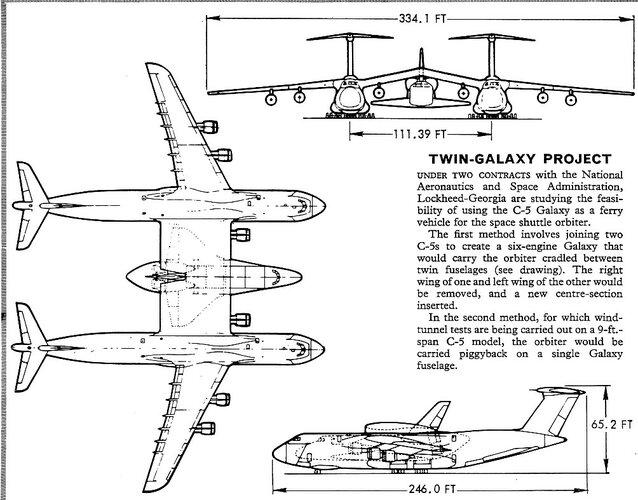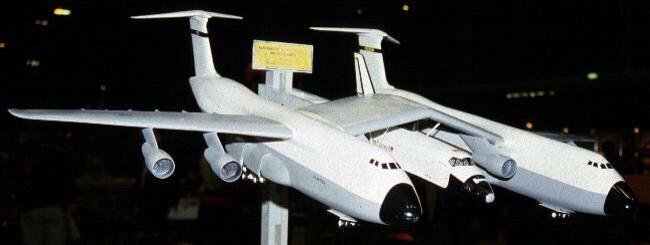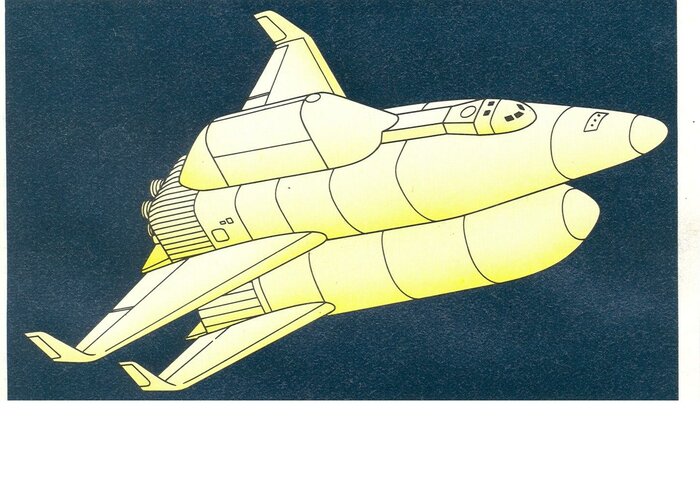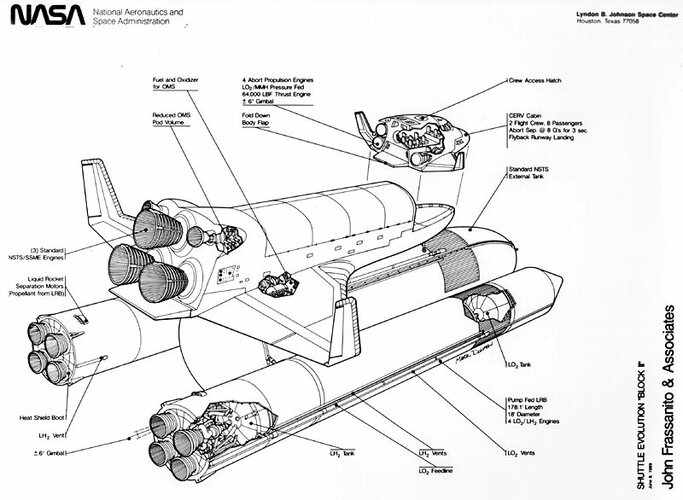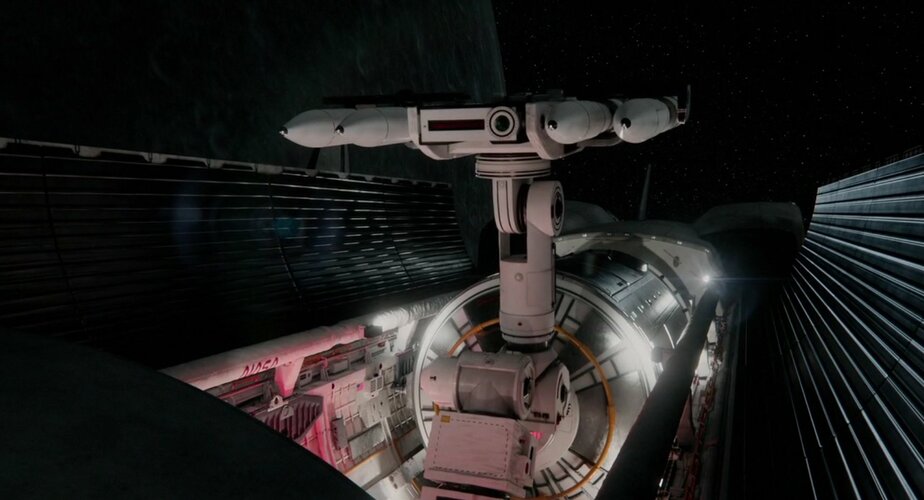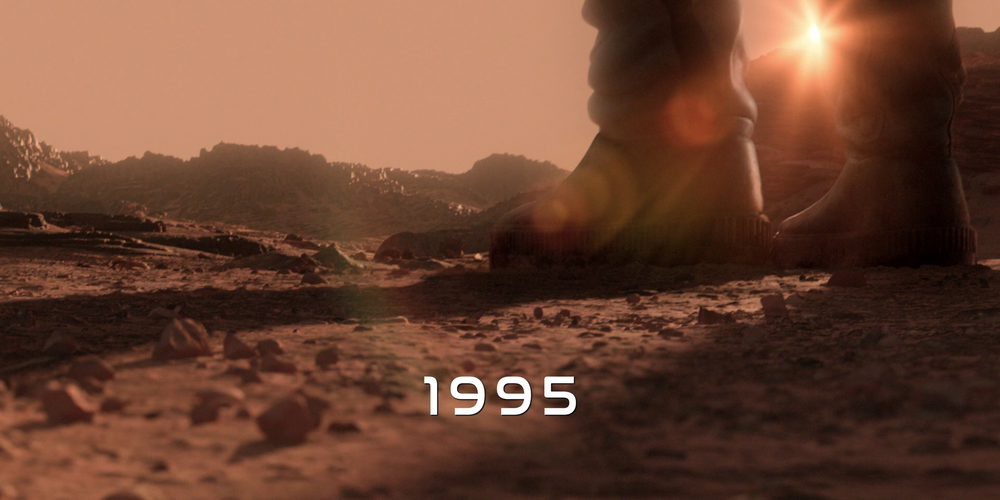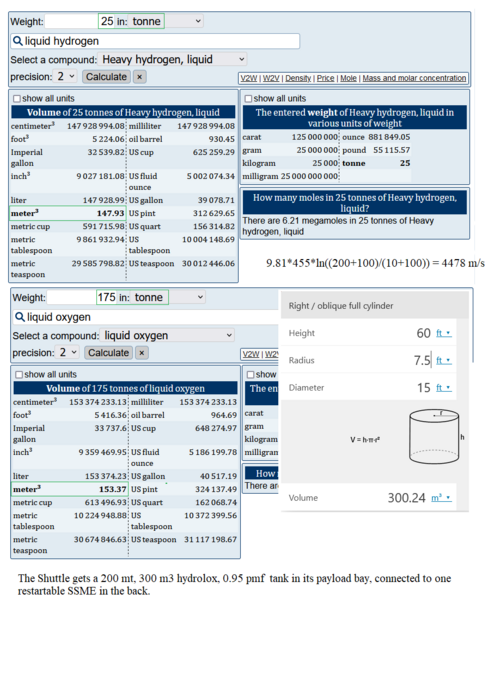Because I'm a rocket nerd since the craddle at least, I couldn't help doing some maths. And on paper at least, FAK alternate Shuttle could work.
This supposes
- it has plain old NERVA solid core NTR
- with 825 seconds specific impulse
- and the horrible T/W ratio of 5 (when Raptor hit 200)
- also mass fraction of OTL Reusable Nuclear Shuttle: 0.75
- MTOW is like OTL Orbiter, let's say 100 metric tonnes
First guess: the 747 is used to help the lousy T/W ratio at takeoff. Then it removes 1100 m/s out of 9400 m/s to Earth orbit, leaving only 8300 m/s.
Next, the Shuttle. Since it has jet engines, we can imagine they run on hydrogen and also that some heat from the nuclear pile is dumped into the exhaust. Both hydrogen fuel and nuclear heat, if used correctly, can tremendously help jet propulsion.
Case in point: Gurkolyot M(G)19; also Bussard ASPEN (we can imagine that NASA hired Bussard to design its nuclear shuttle)
https://falsesteps.wordpress.com/20...-grab-the-problem-by-the-throat-not-the-tail/
As the reactor was just sitting there during the turbojets’ and scramjets’ operation, Gurko reasoned, why not use it to superheat their exhaust to increase thrust? The potential increase in efficiency was considerable
This is the key, but there is no need for ramjets or scramjets
- the 747 to Mach 1 already removed 1100 m/s
- then if the nuclear Shuttle accelerates on its hydrogen-and-nuclear-boosted jet engines to Mach 3, it removes 2000 m/s out of 9400, so 7400 m/s left.
- but we can imagine that, with hydrogen cooling and nuclear power it can accelerate to Mach 5.5 before switching to the nuclear rocket; and there, -3000 m/s out of 9400 m/s leaves 6400 m/s to orbit.
Now, does a SSTO with:
- 0.75 mass fraction
- 825 seconds specific impulse
- and "only" 6400 m/s to orbit
work ?
The rocket equation (with zero payload) should looks like
9.81*825*ln((100)/(25))+3000 = 14219 m/s.
It closes. Now let's add the theoretical OTL Shuttle max payload of 29.5 mt...
9.81*825*ln((100+29.5)/(25+29.5))+3000 = 10 004 m/s - still works.
Now they are refueling at Skylab (meh) and intends to go to the Moon.
Removing the airbreathing boost, same payload in the bay...
9.81*825*ln((100+29.5)/(25+29.5)) = 7004 m/s
LEO to LLO takes only 4100 m/s, one way; to get out, add TEI (Trans Earth Injection) +1000 m/s
Total 5100 m/s, still leaves 2000 m/s of margin for propulsive braking back to LEO... not enough, but aerobraking is "free" and will fill the gap.
And thus they have a Shuttle able to make the roundtrip with payload and margins...
Only problem: where do they put all that LH2 and LOX in the orbiter ?!! That's a big problem.
OTL Shuttle payload bay was 300 cubic meters, enough for some LOX along LH2, but not that much... and where would the payload go ? Sea Dragon ?

